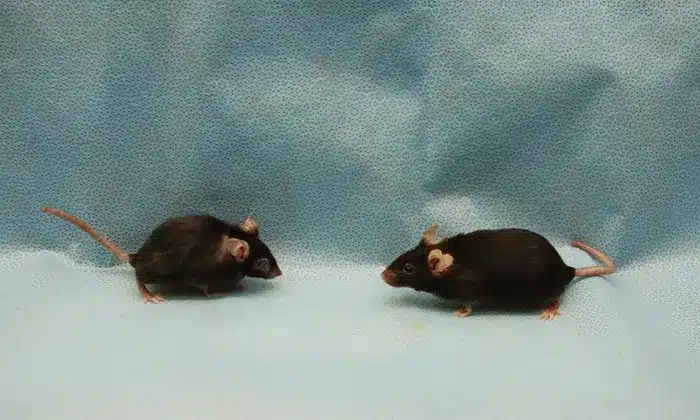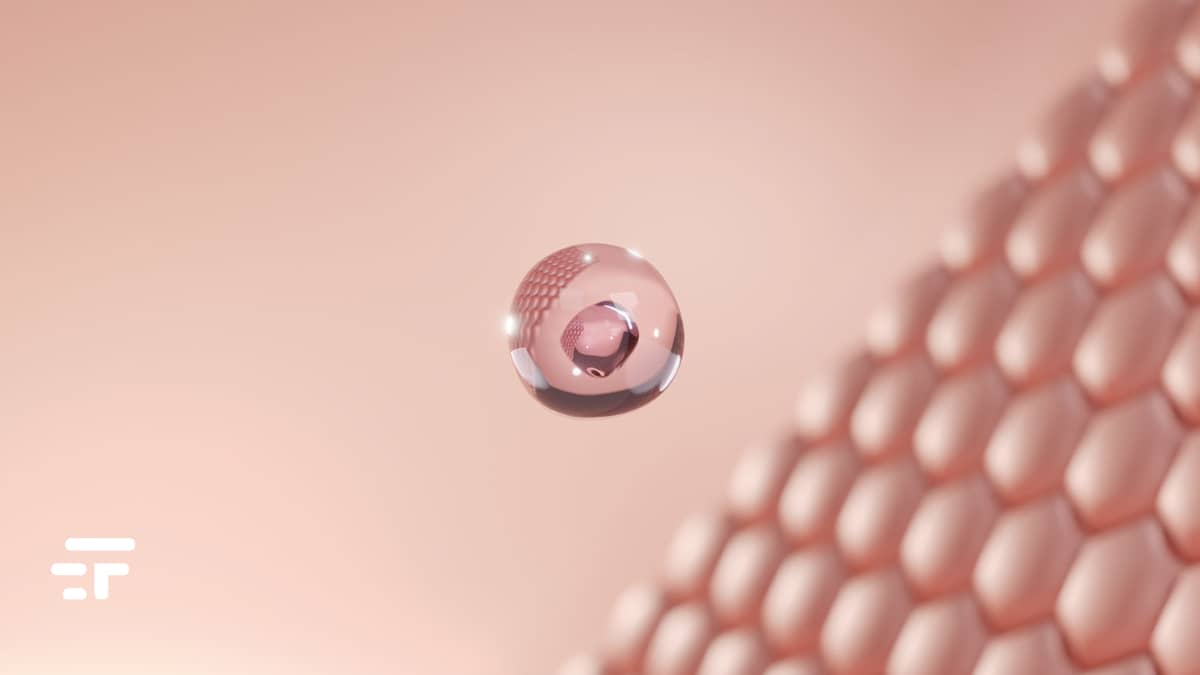Life expectancy is a key indicator of the health and well-being of a population. Throughout history, humanity has made enormous progress in extending lifespan, going from about 40 years in 1800 to about 80 years today. We must undoubtedly thank the advances in medicine, science and technology that have allowed us to prevent and treat some of the main causes of death.
Despite this progress, however, there is still work to be done. All things considered, aging is still the main cause of death in the world, with its 100.000 or more deaths every day. Aging multiplies all risk factors, as you can imagine. For example, the risk of having a heart attack by having high blood pressure “simply” doubles, while being 80 years old instead of 40 multiplies the risk tenfold. As the world's elderly population grows, the number of deaths and suffering caused by aging will continue to grow. This is why we need a change: we must work to protect our health as we age.
But does it have to go like this?
Regardless of what improvised, fatalistic and anti-scientist philosophers say, it is not written anywhere that the extent of suffering and death linked to old age must necessarily increase, or that it is "inevitable", even desirable. Our chances of seeing one or more revolutionary treatments in the next few years are growing they target the very biology of old age. Scientists have better understood the mechanisms underlying aging, such as DNA damage and damaged proteins, and have ideas about how to address them. What's even more exciting is that one of the first treatments of its kind could show results as soon as this year.
It is not a “cabal”: we must and can prepare for a future in which aging will no longer be an insurmountable challenge.

In the viewfinder the senescent cells
The greatest challenge is to get rid of these cells which, according to studies, can cause various diseases such as macular degeneration (a cause of blindness) and pulmonary fibrosis. More generally, senescent cells (accumulating in the body as we age) appear to drive and worsen the entire aging process. At the moment, more than twenty companies around the world are looking for solutions to the problem. Among the various paths taken, that of "senolitics" is attracting the attention of experts: this type of drug is a strong candidate to become one of the first solutions to seriously combat the damage of aging.
Among these stands out Unity Biotechnology, that matters investors like Jeff Bezos. The startup is experimenting with a series of sanolytic drugs to fight various pathologies: for some of them (such as those that act on the eye) it is already in phase 2 studies on humans. Next, other approaches under study lead to small proteins that act specifically on senescent cells, vaccines that encourage the immune system to eliminate them, and even gene therapy. To develop it, we talked about it here, and the Oisín Biotechnologies (a company that ambitiously takes its name from an Irish mythological character linked to eternal youth).
Eliminating senescent cells could pave the way for innovative treatments to prevent or delay aging and its health consequences. If I were someone who likes to bet, I would say that this is the area where we would soon see important developments.
Because there could be a turning point already this year
The advent of a first treatment for the removal of senescent cells would have a strong domino effect: it could certainly begin to slow down the aging process, but it would open up much larger investments, which could one day stop or even reverse the degenerative process .
The first, interesting paper in this field is already 5 years old. In 2018 scientists have proven, in mice, that a combination of dasatinib (an anticancer drug) e Quercetin (a molecule found in fruits and vegetables) can increase longevity and reduce the risk of disease. Not only do guinea pigs live longer, but they are also less fragile and have thicker, shinier fur. They are also able to run farther and faster on the small treadmills used in the tests. It is likely that such a “cocktail” will be the first to break the barrier of human testing, opening up the treatment of several chronic diseases.

Not just senolytics
As much as they seem to be the current “top of the class”, i senolytics they are not the only option. There are other approaches already in human trials that could prove equally effective. Proclara Biosciences he is experimenting with the protein GAIM, which aims to eliminate other proteins, the "amyloid" ones which, with their accumulation, lead to various diseases. Verve Therapeutics, on the other hand, is working on a gene therapy to reduce cholesterol by modifying the gene PCSK9. Novartis is also doing the same thing with a drug already adopted by the English health service,Inclisiran.
The first true anti-aging medicine will likely target a specific age-related disease, rather than aging in general. And the success of a drug aimed at one aspect of aging will be the real turning point, because it will raise the bar of all research in the field. It will trigger an unprecedented revolution since the invention of antibiotics: a revolution capable of giving life to a medicine that aims to prevent diseases rather than cure them.
It is important to reiterate two things which unfortunately, although seeming obvious, still give rise to controversy and misunderstandings. First: slowing down, stopping or even reversing aging IS NOT immortality. For many reasons we would continue to die, so we should stop considering this thing as a mythological or impossible goal. You don't live forever. Second, even if incontrovertible results from these drugs arrive in 2023, it does not mean that these therapies will be available to the general public soon: the most probable hypothesis is that we are for twenty years from seeing its mass applications.
Even more so, however, it is better to reach the first goal as soon as possible: a turning point that orients medicine in a compact and decisive way. Because those who start well are halfway there.


